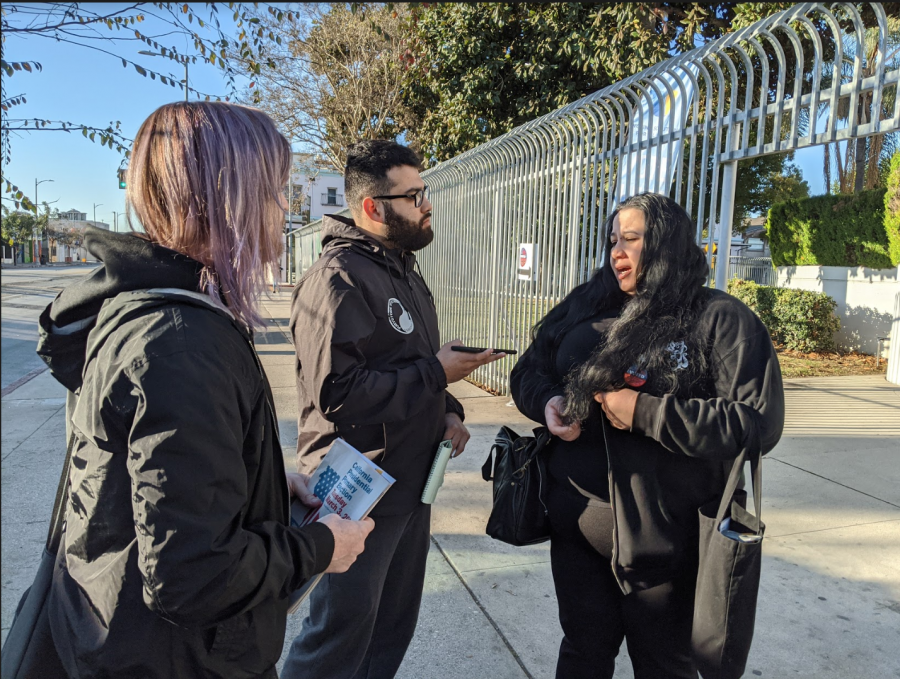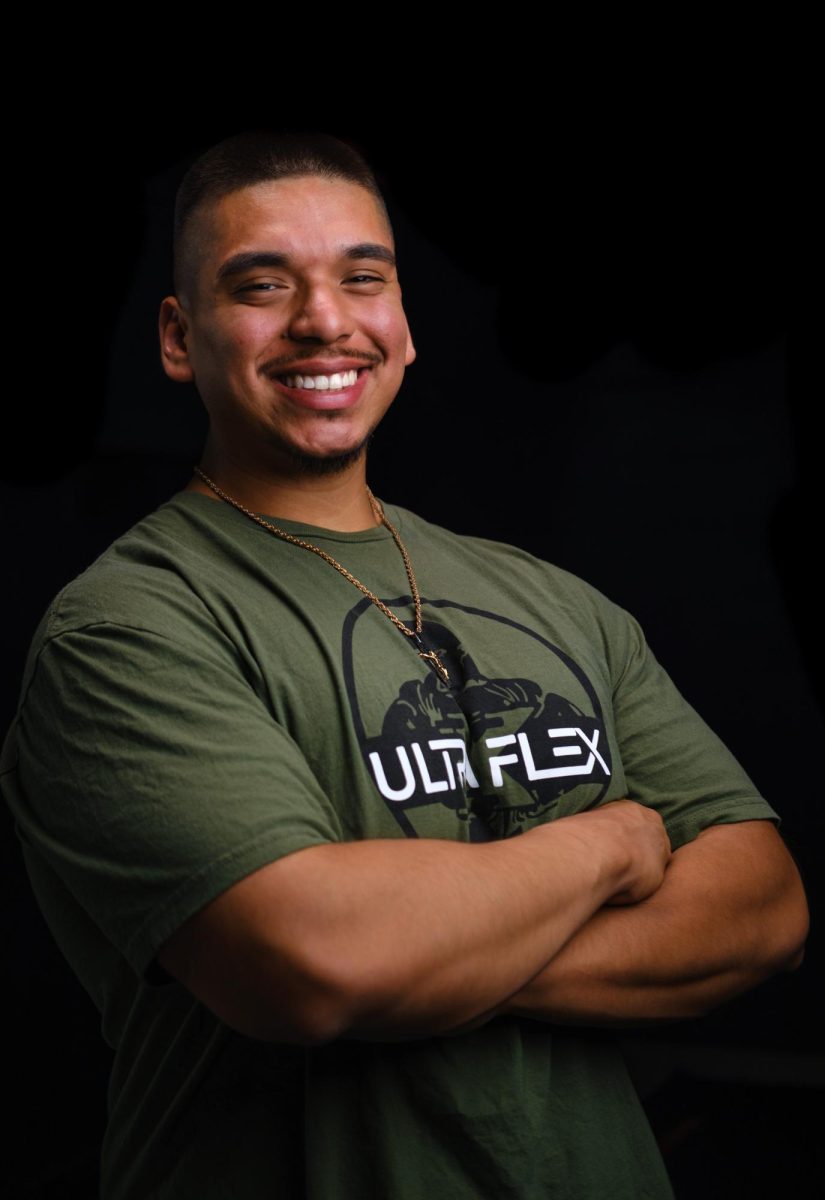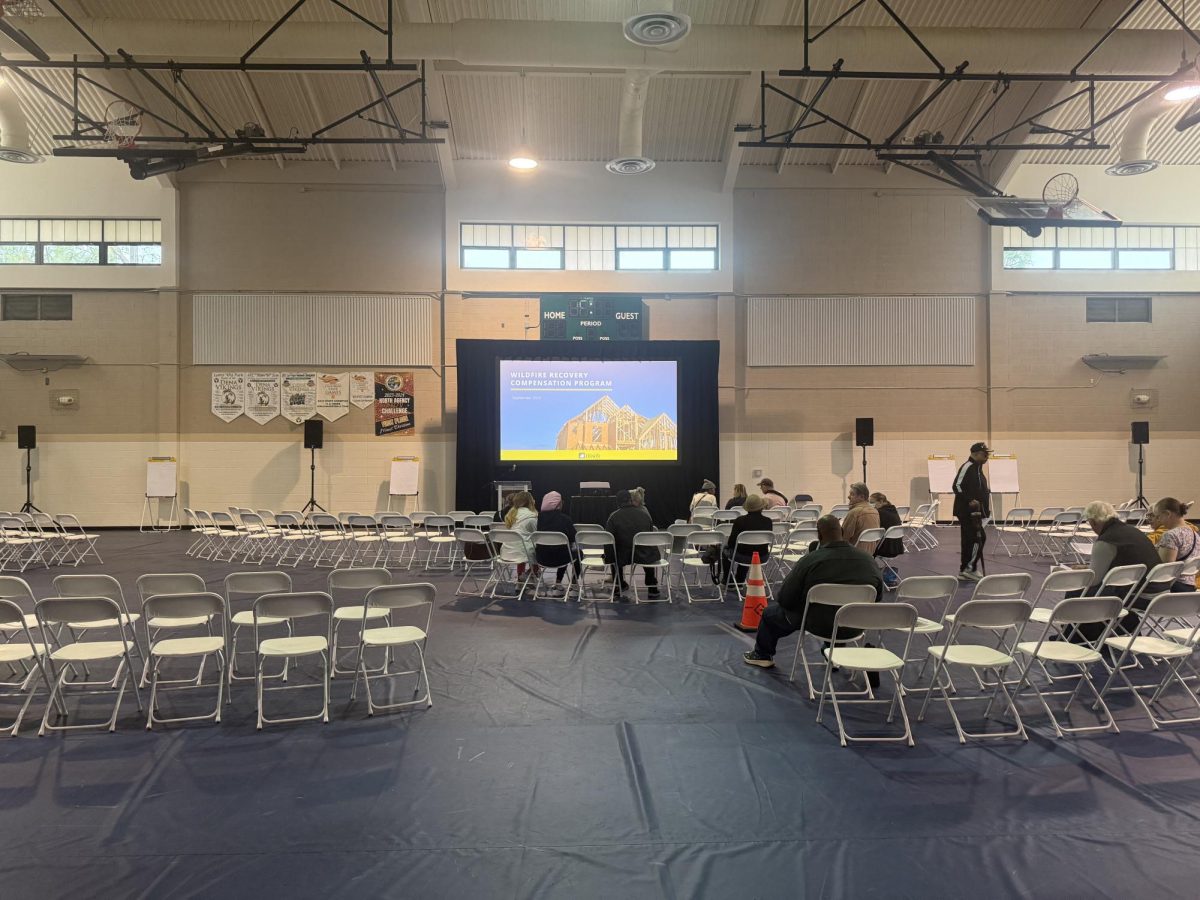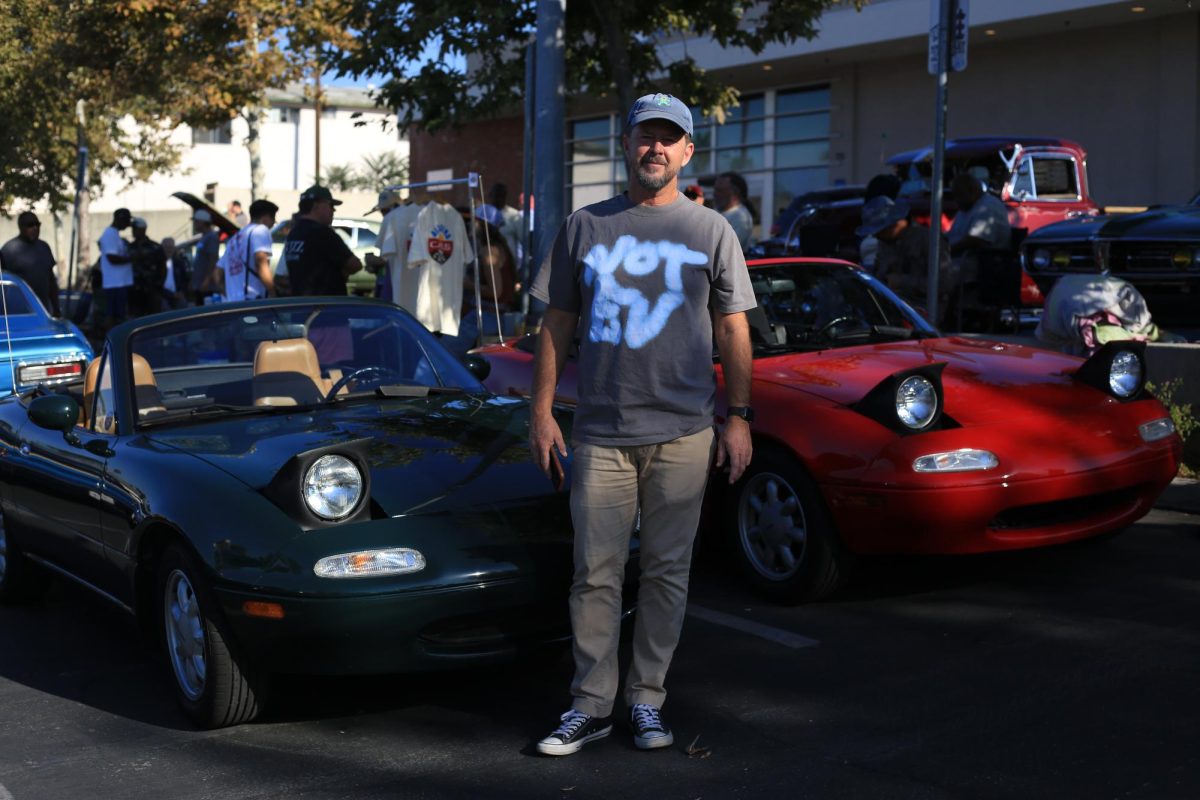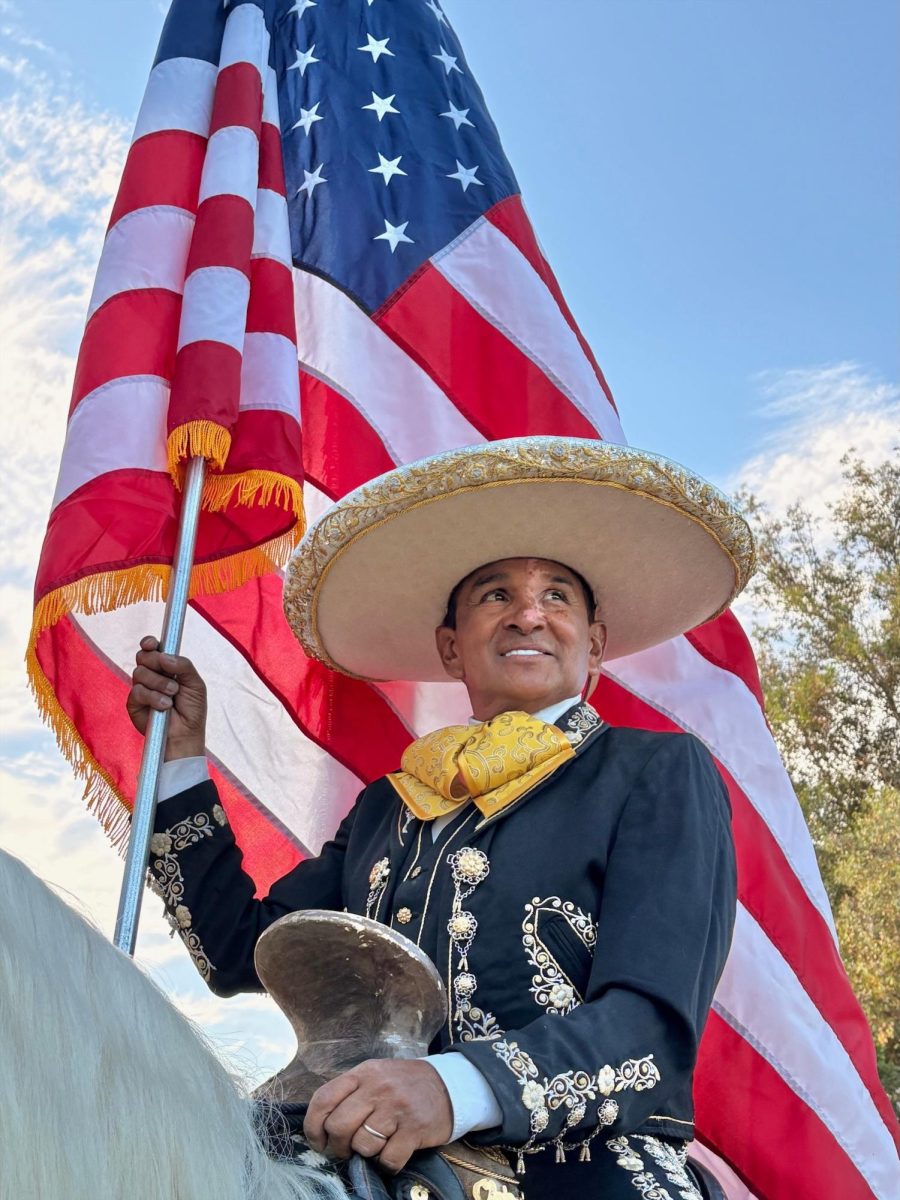South Central Los Angeles is working to rebound from the pandemic years when there was a bump in crime and a depressed economy due to businesses closing or losing sales.
Many people and businesses were affected by the pandemic, according to news media coverage. For instance, Los Amigos mall with over 20 vendors, shut down permanently.
“I’ve seen multiple small mom-and-pop shops closed down and be reopened by [chain] shops, like big industry pubs,” said Jeremy Riva, a 19-year-resident of South Central.
People in South Central took COVID-19 seriously during the pandemic and the South Central community fought to keep their businesses alive, according to Rivas.
He said that the community is experiencing a “big culture shock” and that the neighborhood’s historic culture is being replaced by gentrification.
“I feel like the culture is being replaced or a lot of people are trying to mock the culture,” Rivas said.
Some increased crime
As of April 20, property and violent crimes are decreasing compared to the same period last year, but homicides, robberies and burglaries have increased, according to a Los Angeles Daily News story quoting Los Angeles Police Department Interim Chief Dominic Choi. And a 9.3% increase in homicides is largely being reported from LAPD’s South Bureau, according to the story.
Rivas said home robberies seem to have become commonplace in his neighborhood.
“My house has almost been robbed in some ways,” Rivas said. “Besides that, I’ve just had my life threatened before with guns in my face.”
He said it is important to know self-defense and to be cautious while taking public transportation in the area.
“Be careful who you look at. Be careful who you talk to. Just try to keep to yourself, to be honest,” Rivas added.
Walking in a wrong area or gang affiliated neighborhoods can get you in danger, area residents say.
Solutions include a focus on youth
Residents from the community say solutions include providing more social services to young people and resources to local nonprofits that work on afterschool programming. That could help prevent kids from joining gangs and improving K-12 education.
“Not everyone has the same family background or a strong support system and that’s why they tend to go to the streets,” Rivas said. “It’s something that happens all over any low-income area…where you know there’s a struggle. But over here, because of the gang environment, that’s just where people tend to lean to when they don’t have family.”
“I think that everyone is going about everything in the wrong way. Trying to incarcerate the youth and just put them deeper into the system that they’re already born into… it doesn’t help. We need to get them out of this violence,” he added.
He said that improving the schools would make a big difference: “There’s not a lot of academies or, or just a lot of good public schools over here, in South Central. This is where all the problems..tend to start, in the schools, because that’s where people don’t don’t know who to hang out with or end up dropping out.”
Updated with new crime date May 10, ahead of print publication in the University Times.

